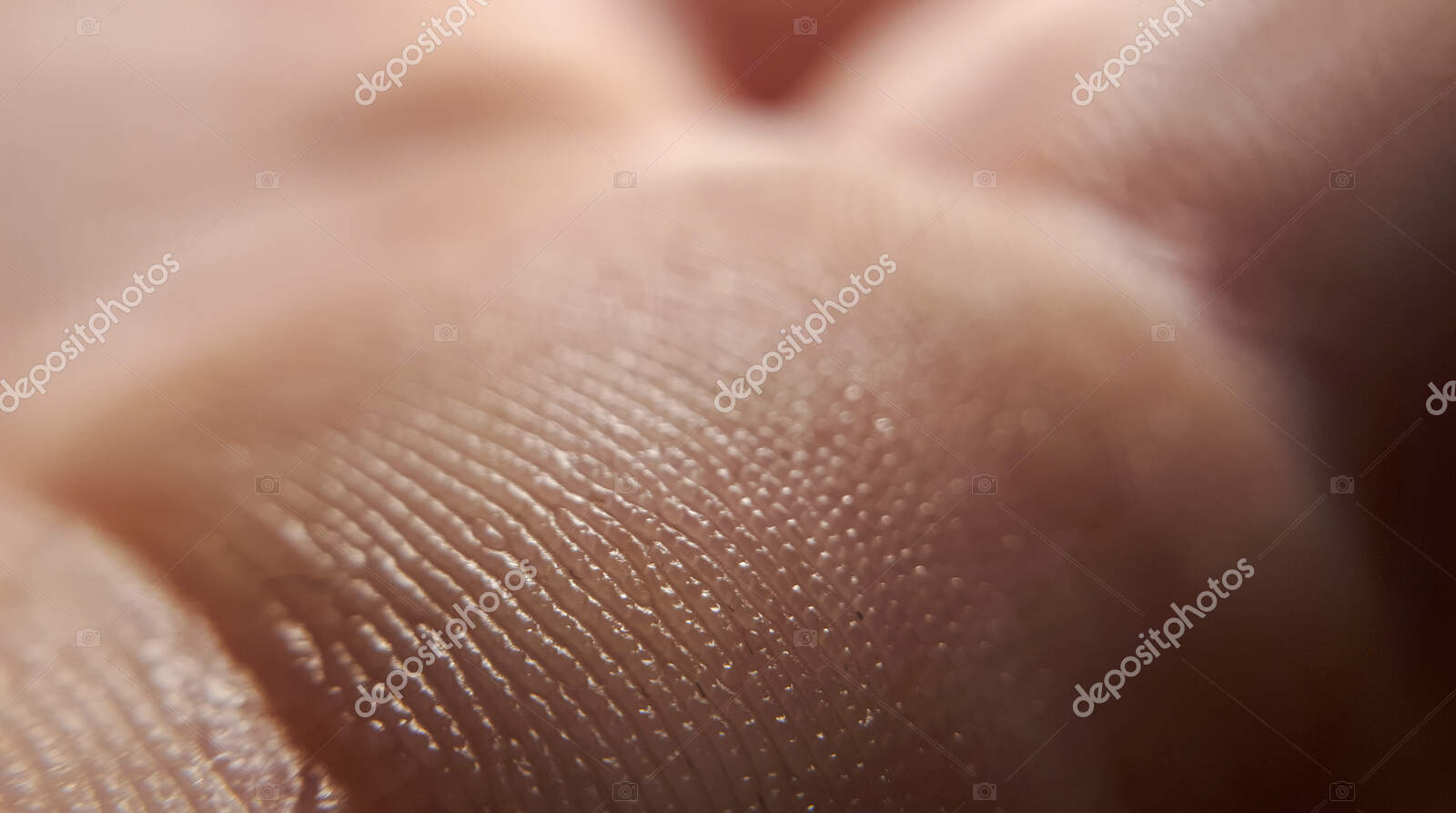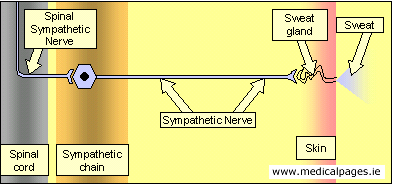
SWEATING.IE
Normal Sweating
Sweating, or perspiration, is a normal bodily function for humans, however, it becomes a problem when it is excessive and interferes with our day-to-day activities.
What is a normal amount to sweat?
It is normal to sweat when we overexert ourselves, we are too warm or we are in an uncomfortable situation. If you find that you are sweating excessively in these situations or sweating for no particular reason then you are likely experiencing symptoms of hyperhidrosis (excessive sweating).

Why do we sweat?
1. It acts a temperature regulator
Sweating is essential for body temperature control. When our bodies become too warm our sweat glands excrete water all over our body. When this water evaporates from the skin the body begins to cool. If we didn’t sweat at all, we could overheat especially after exercise or on very hot days.
2. It has some toxin/waste removal benefits
Sweat is comprised mainly of water but, as it is produced from the blood, it does also contain some salts – sodium ions -, chloride ions and urea. Despite many people thinking that sweat gets rid of toxins, it is not a major way for the body to remove toxins.

How is sweat produced?
Sweat is produced from sweat glands. There are two types of sweat glands on the body; Eccrine and Apocrine.
The watery sweat comes from the Eccrine glands deep in the dermis (skin). The more greasy type of sweat – that can have an odour – comes from the Apocrine glands and are usually found around the hair follicles.

What causes Hyperhidrosis?
In order to understand what causes hyperhidrosis and why some people sweat more than others we must first understand how sweating is regulated by the human body. Sweating – in humans – is controlled mainly via the sympathetic nervous system. This is an automatic process which cannot be controlled by the brain.
The Sympathetic Nervous System
In the sympathetic nervous system, the first nerve runs from the brain, down the spinal cord and then comes out and communicates with a second sympathetic nerve which lies in the sympathetic chain. The sympathetic chain lies on the bone of the spinal column. This second nerve then runs from the sympathetic chain to the skin where it connects to the sweat glands.
To be able to treat hyperhidrosis (excessive sweating) – it is essential to understand this chain. The varying treatments for excessive sweating or hyperhidrosis all work on certain parts of this chain.

Diagram: Sympathetic Nervous System


